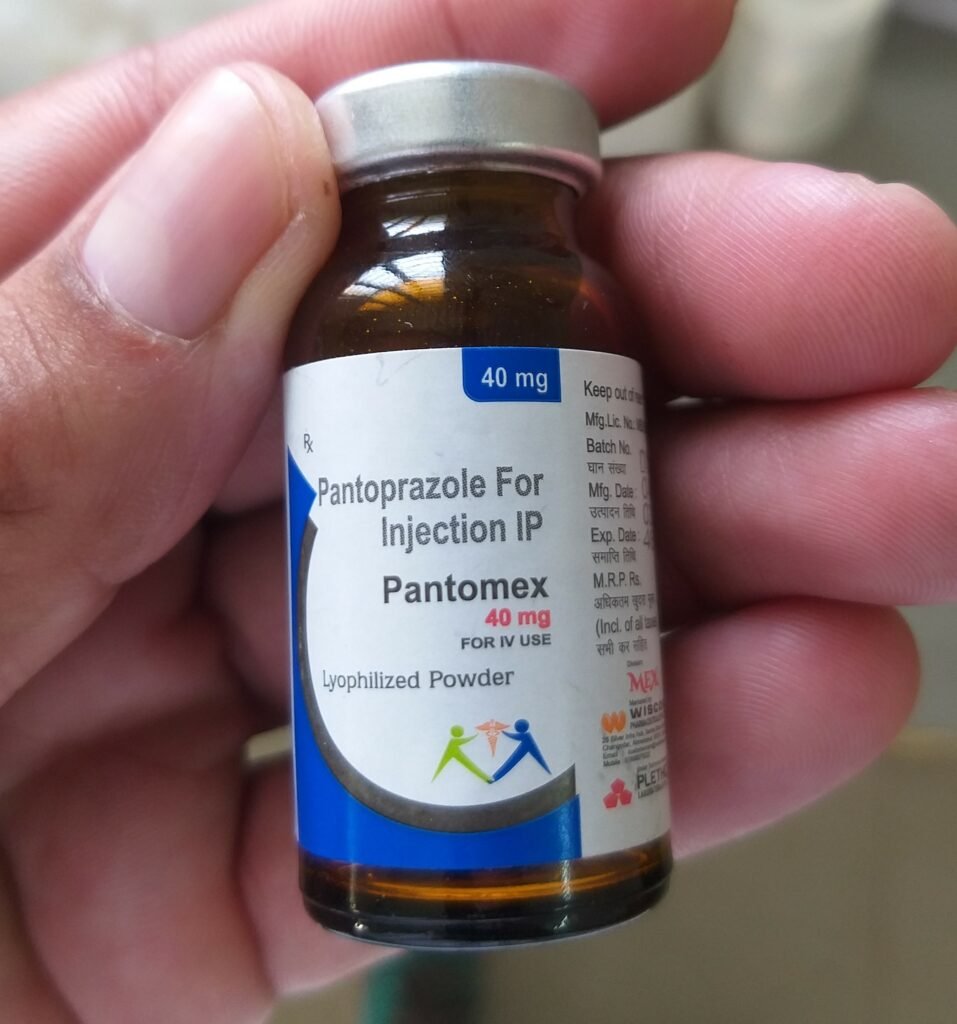TABLE OF CONTENTS
Frusemide
Frusemide is a loop diuretic or high-ceiling diuretic used in veterinary practice.
Group
Frusemide is grouped with diuretics. These increase urine excretion and reduce body fluids.
Mechanism of Action
Frusemide acts on the thick ascending loop of Henle. It inhibits Na+K+2Cl– cotransport and reabsorption of Ca2+, Mg2+.
So net loss of Na+, K+, Cl– Ca2+, Mg2+and Water.
Frusemide also decreases vascular resistance, which increases renal blood flow to the kidneys.
Dose Rates
Dog and Cats: 2-4 mg/kg q12-24hr PO, IV, SC, IM
Indications
- Generalized and Local edema
- Hypertension associated with renal insufficiency
- Used along with osmotic diuretics in cerebral edema
- Oliguria
- Acute renal failure
- Congestive heart failure
- Hyperkalaemia and hyperchloremia
Contraindications
- Patient with anuria
Interactions
- Frusemide with aminoglycosides (e.g. gentamicin, amikacin) causes ototoxicity and nephrotoxicity.
- Use with purgative, can cause severe fluid loss.
Adverse effects
- Fluid electrolyte imbalance
- Hypotension and cardiovascular collapse
- Hypokalaemia and hypochloraemia
- Ototoxicity with irreversible loss of hearing, especially in cats with high IV doses.
Toxicity
Treatment for frusemide toxicity involves replenishment of excessive fluid and electrolyte losses as well as supportive care. It is important to regularly check blood pressure, carbon dioxide levels, and serum electrolytes.
Preparations
Injections: 10mg/mL, 50mg/mL
Tablets: 40mg, 1oomg
Note
Potassium is important ion in the body and prolonged use of frusemide cause potassium loss. so, it is used along with Spironolactone. it is a potassium sparing diuretics and reduce potassium loss.
Tab. Lasilactone®50: Each tablet contains 20 mg frusemide and 50 mg spironolactone.
Information provided here may be subject to inaccuracies. Please consult a reputable textbook for verification before use. We welcome your feedback and suggestions for improvement via email at hello@vetscraft.com

